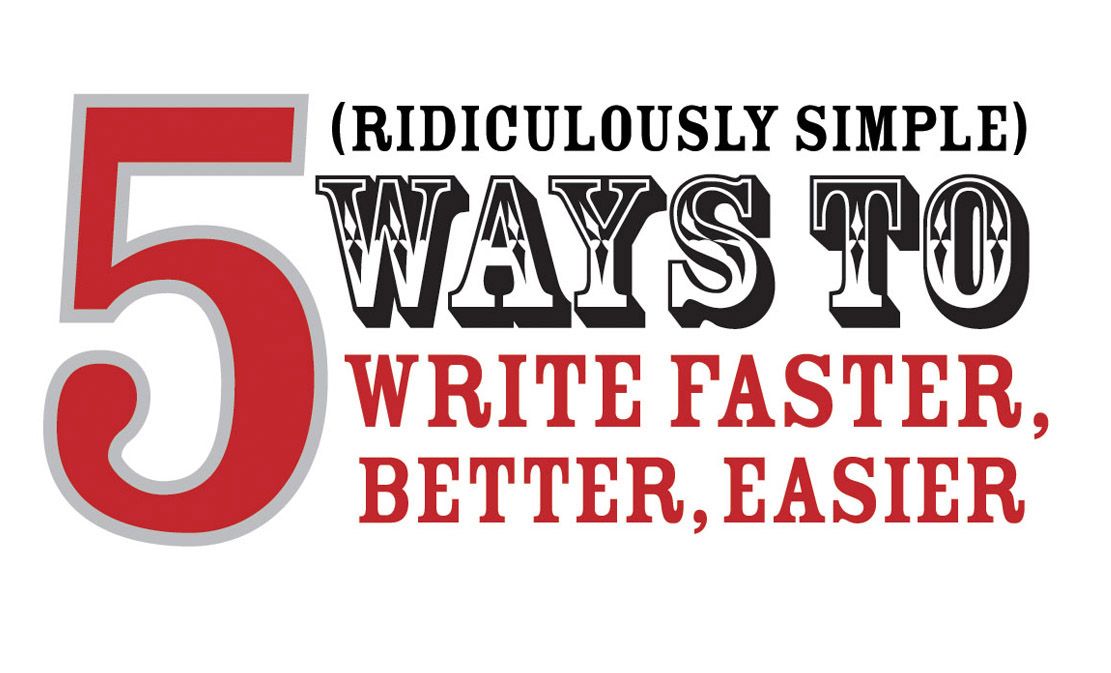 As soon as I had this book in my hands, I knew I had to interview Jim Hauden!
As soon as I had this book in my hands, I knew I had to interview Jim Hauden!

“The Art of Engagement: Bridging the Gap Between People and Possibilities” is not only an engaging piece of work, it’s practical, relevant and compelling. And the real kicker? Jim is a big proponent of visual storytelling.
It doesn't matter what position you hold, what title you have or how long you've been with your organization. If you're wondering how to inspire and connect people to their work and to your organization's "big picture," consider this book your survival manual. Get it. Read it. Use it. Repeat.
Thanks, Jim, for sharing your time and insights with us here. I hope your book and this interview inspires everyone reading this as much as it has inspired me!
Lately, we’re hearing a lot of talk about employee engagement. What is it, really, and why does should anyone care?
“Engagement” has become a somewhat dangerous word in the workplace. Some people think “engagement” is a recycled version of “people are happy here, and we know this because our employee satisfaction scores are high.” But that’s a far cry from true strategic engagement, where people are fully mobilized to bring something to life that doesn’t yet exist.
Strategic engagement requires three things:
1. The ability to think in systems,
2. Being connected to the strategy in the way that’s most relevant to you, and
3. The knowledge that allows you to take actions make a difference
First, engagement absolutely requires the ability to think in systems. Many of the most important things in our lives are systems. It’s critical to see how everything fits together. Then, it’s just as important to see how your own work fits into the whole and how you contribute to the business – how you make a real difference. This knowledge makes you think and act in very different ways. How all this happens is astutely connected to the way people want to be engaged. It requires tapping into their curiosity, helping them feel comfortable and safe in saying what they think, and allowing them to take part in solving the puzzles of the business.
Why do employees become disengaged at work? What are some of the main forces behind it?
Disengagement happens when people see themselves as separate, as doing work that isn’t connected to the success of the business and to what their co-workers are doing. Engagement is defined in ways that are relevant not to the leader, but to the follower. Bigger than all that, disengagement is a result of people not believing that they’re part of the future, that they don’t make enough of a difference. It’s those internal voices that tell us that we’re not really as good as we think we are, that keep us from seeing our place in the system or how we contribute.
Engagement and money. Is there really a connection?
We can cite productivity statistics, satisfaction statistics, and engagement statistics. They all point to the same conclusion – when we tap into the heads, hearts, and hands of our people, we get better results. Better said, we need to access the dormant human potential of all the people in our organizations. Leaders need to help people to bring out the best versions of their people so they can mobilize around the strategy that we are trying to bring to life for the future.
You’re a big advocate of using stories to ignite conversation and move people into action. How can organizations harness the power of multi-media to help employees feel and act more connected to their work and the organization’s mission?
A number of companies are starting to see the difference between using multi-media to “tell and sell” and using it to create insight and to model examples of success. One company calls their examples “proof points” of what behavior looks like when it is in concert with a new strategy. Multi-media can be a powerful way to answer one of the most profound questions that people rarely ask regarding strategy: “What does it look like?” As long as people are concerned that what they think it should look like might be different from what leaders are picturing, they’ll sit back and wait for others to go first. But if leaders can vividly create insight through multi-media in terms of what it looks like when strategy is being executed, we can start to close that gap. We begin to reduce the apprehension that people feel when it comes to taking the risk to bring new strategies to life.
Having engaged employees is only half of the equation. Strategy execution is the other half. How can video or audio stories help leadership execute their vision and strategies so everyone on board “gets it?”
Engagement without purpose is, well, purposeless. It’s like teamwork without a challenge. If you’re pursuing engagement for engagement’s sake, it’s a waste of time. But if you see a challenge that needs to be brought to life, and know that people are the ones who are asked to bring it to life, engagement is the mechanism, and strategy is the target for that engagement.
What would you say to those who think multi-media stories can’t a make a difference in their engagement efforts?
I’d say, “Rethink your assumptions.” Multi-media doesn’t have to be glitzy and aggressive. It can’t be just a show-and-tell in an attempt to persuade people to become motivated and inspired. That’s a total fallacy because people ultimately inspire themselves. As leaders, we create the opportunity for people to be inspired on their own by inviting them to think about the business and their role in it.
Here’s an example. Hampton, one of our hotel clients, is working mightily to redefine the role of a general manager. There are a lot of ways to use multi-media to simply tell people what leadership thinks they need to do to succeed in that new role. However, a better use of multi-media is to create a story that is documented from the associate perspective, the customer’s perspective, and the community perspective. This is the way to show the impact that a general manager has on people’s lives when they lead with excellence. They can figure out the “how’s” on their own.
From your perspective, what’s the biggest mistake people make?
When it’s time to engage their organizations in strategy, leaders can forget what it’s like “not to know.” They may have been working on strategy for six months, and may have become bored by content that hasn’t yet been fully understood by their people! Henry Ford once asked his marketing department, “When are we going to stop running that ad?” The response was, “Sir, we haven’t released it yet.” There is a gap between what’s new to one group and what’s old to another group, and that gap tends to create incorrect assumptions.
Any advice for organizations thinking about integrating storytelling in their engagement strategies?
The key is to make storytelling part of your entire culture. The most successful organizations create the opportunity for people to tell stories that illustrate, reinforce, and personalize the behaviors that are most critical to future success. For instance, if your strategy includes extraordinary customer intimacy, open meetings by telling stories about examples that have occurred in your own life that can be translated into your business strategy. Another example could be risk-taking, ways of providing innovative ways to think about products, services, and processes. Ask people to place a spotlight on this aspect of your strategy by telling stories. Use experiences that people have every day to challenge the way we are executing our strategy.
Jim Haudan's bio:
 For the past 20 years, Jim Haudan has not only built a thriving business, but has helped numerous individuals unleash their hidden potential. With origins as a coach and school administrator, its easy to see what led him to co-found a company dedicated to business learning. His innovative, creative methods draw people into a business by tapping into basic human curiosity and intelligence. By fully engaging people in their work, they become ready, willing and able to deliver on company strategies, producing real results. Root Learning has made the list of the Best Small and Medium Companies to work for in America for five straight years and was recently recognized by the Wall Street Journal and Winning Workplaces as one of the top small employers with exceptional workplaces. Obviously, Mr. Haudan is on to something.
For the past 20 years, Jim Haudan has not only built a thriving business, but has helped numerous individuals unleash their hidden potential. With origins as a coach and school administrator, its easy to see what led him to co-found a company dedicated to business learning. His innovative, creative methods draw people into a business by tapping into basic human curiosity and intelligence. By fully engaging people in their work, they become ready, willing and able to deliver on company strategies, producing real results. Root Learning has made the list of the Best Small and Medium Companies to work for in America for five straight years and was recently recognized by the Wall Street Journal and Winning Workplaces as one of the top small employers with exceptional workplaces. Obviously, Mr. Haudan is on to something.
Like this article? Share it using the "Share Article" button below.
 Monday, December 28, 2009 at 12:17PM
Monday, December 28, 2009 at 12:17PM 







